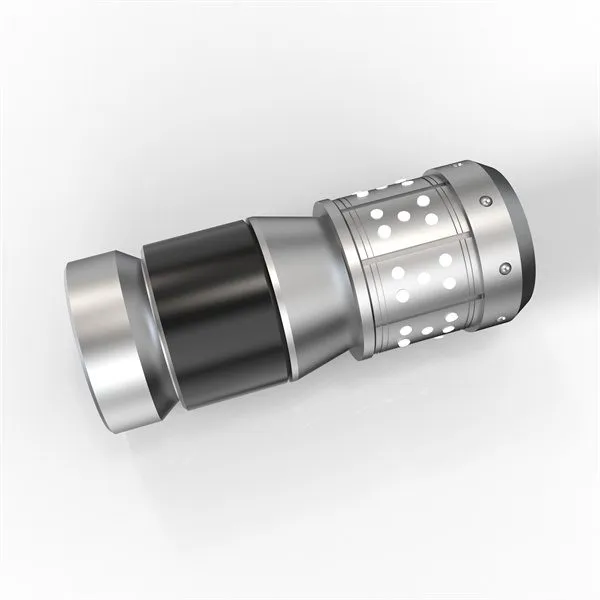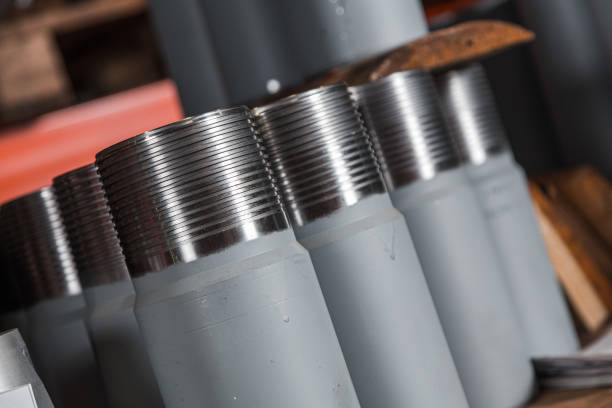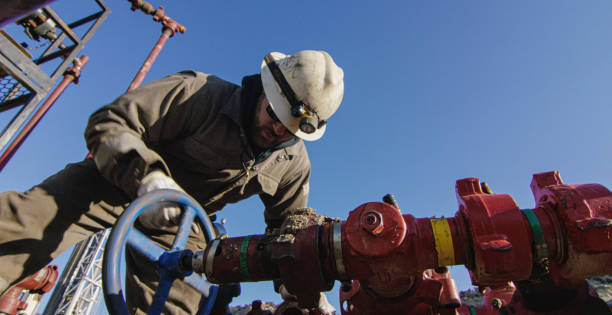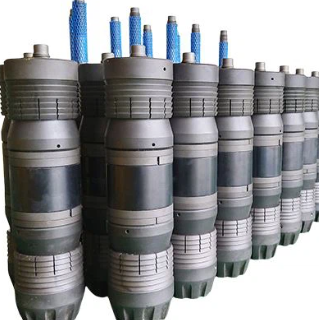Russian
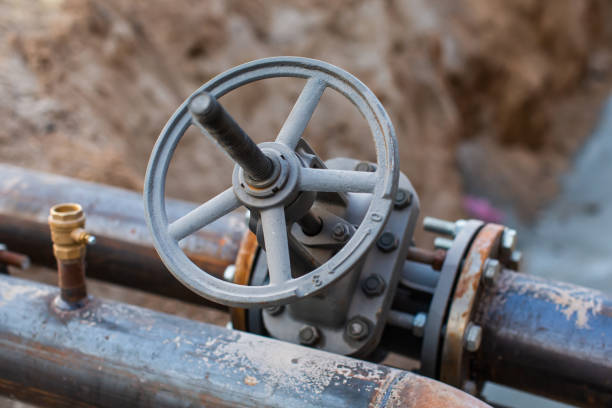
Welded Sleeve Ball Valve | Leak-Proof & Maintenance-Free Valve Solution for Oil & Gas

Welded Sleeve Ball Valve: A Reliable Solution for HighPerformance Flow Control
In the demanding fields of oil & gas, petrochemical, pipeline transportation, and industrial processing, reliable flow control is essential to ensure operational efficiency, safety, and longevity of the system. Among the many types of valves used in these industries, the Welded Sleeve Ball Valve stands out as a durable, lowmaintenance, and highperformance solution.
This article explores the design, advantages, typical applications, and key considerations when selecting a welded sleeve ball valve. If you’re sourcing advanced valve solutions for your pipeline or industrial system, understanding this type of valve is crucial.
What Is a Welded Sleeve Ball Valve?
A welded sleeve ball valve is a fully welded valve structure with a sleeved ball sealing mechanism. Unlike traditional boltedbody valves, this type uses a fully welded body to eliminate potential leakage paths, enhancing safety and performance under highpressure or buried conditions.
The sleeve refers to the elastomeric or polymeric sealing elements that surround the ball. These sleeves provide excellent sealing on both the upstream and downstream sides of the valve, ensuring tight shutoff even under harsh conditions.
Key Features and Advantages
The welded sleeve ball valve is designed for demanding applications, and its construction offers multiple performance benefits:
- LeakFree Design
The fully welded body removes the need for flanges or bolted joints, significantly reducing the risk of external leakage. This makes it ideal for underground or buried installations, especially in gas transmission pipelines.
- Corrosion Resistance
Welded sleeve ball valves are often made from corrosionresistant materials such as carbon steel with epoxy coatings or stainless steel. This increases longevity in environments exposed to moisture, chemicals, or corrosive gases.
- Double Block and Bleed (DBB) Function
Many models are designed with DBB capability, allowing both sides of the valve to be isolated independently for maintenance or pressure testing.
- FireSafe and AntiStatic Design
For critical applications such as oil and gas, the valve can be designed to meet API 6FA firesafe standards and include antistatic devices to prevent static discharge buildup.
- MaintenanceFree Operation
Due to the robust sealing system and welded body, these valves require minimal or no maintenance, reducing operational costs over time.
- Extended Service Life
The sleeve inserts protect the ball and seat from wear, abrasion, and erosion, particularly useful in systems with particulateladen fluids or gas.
Typical Applications
The welded sleeve ball valve is preferred in environments where safety, reliability, and performance are nonnegotiable. Key applications include:
Natural Gas Pipelines
Ideal for buried service, minimizing maintenance and providing secure shutoff over long service periods.
Oil Transmission Lines
Resistant to crude oil contaminants, ensuring reliable flow control in harsh oilfield conditions.
District Heating Systems
Withstand high temperatures and pressures, suitable for hot water or steam distribution networks.
Petrochemical Plants
Provide corrosion resistance and pressure integrity in systems handling aggressive media.
Underground Installations
Their leakproof welded construction makes them ideal for installations where access is limited.
Choosing the Right Welded Sleeve Ball Valve
Not all welded sleeve ball valves are created equal. When selecting the right product for your system, consider the following factors:
- Pressure Rating
Ensure the valve matches the maximum operating pressure of your pipeline system. Common pressure classes include ANSI 150, 300, 600, and up to 1500.
- Temperature Range
Choose valves with sleeves made of suitable materials like PTFE, RTFE, or elastomers designed to withstand your system’s temperature limits.
- Valve Size
Welded sleeve ball valves are available in a range of diameters, from 1” up to 48” or more, depending on the manufacturer.
- End Connection Type
Common types include butt weld, socket weld, and flanged ends. Buttwelded ends are most common for fully welded valves used in buried pipelines.
- Standards Compliance
Look for valves that comply with API 6D, ISO 14313, or EN 13774, depending on regional and industry requirements.
- Manufacturer Reputation
Work with a reputable supplier or manufacturer with a history of producing valves for oil, gas, and industrial sectors. Certified quality systems (like ISO 9001) are also a good indicator of product reliability.
Welded Sleeve Ball Valve vs. Traditional Ball Valve
| Feature | Welded Sleeve Ball Valve | Traditional Ball Valve |
| Body Construction | Fully welded | Two or threepiece bolted |
| Leak Paths | Minimal (welded) | Multiple (flange joints) |
| Maintenance | Maintenancefree | Requires periodic tightening |
| Best Use | Buried pipelines, gas service | Aboveground, lower risk systems |
| Cost | Higher initial cost, lower lifetime cost | Lower upfront, higher maintenance |
While the initial investment may be higher, welded sleeve ball valves offer superior performance and reliability over time, especially in critical and longterm service applications.
Final Thoughts
The welded sleeve ball valve is more than just a shutoff component—it’s a strategic investment in the safety, reliability, and efficiency of your flow control system. Whether you’re working in a highpressure gas pipeline or a remote oilfield installation, this type of valve provides peace of mind through its leakproof, lowmaintenance, and durable design.
When sourcing these valves, prioritize quality, certification, and supplier reputation. A wellmade welded sleeve ball valve can last decades with minimal intervention, ultimately reducing operational downtime and ensuring consistent performance in even the harshest environments.


